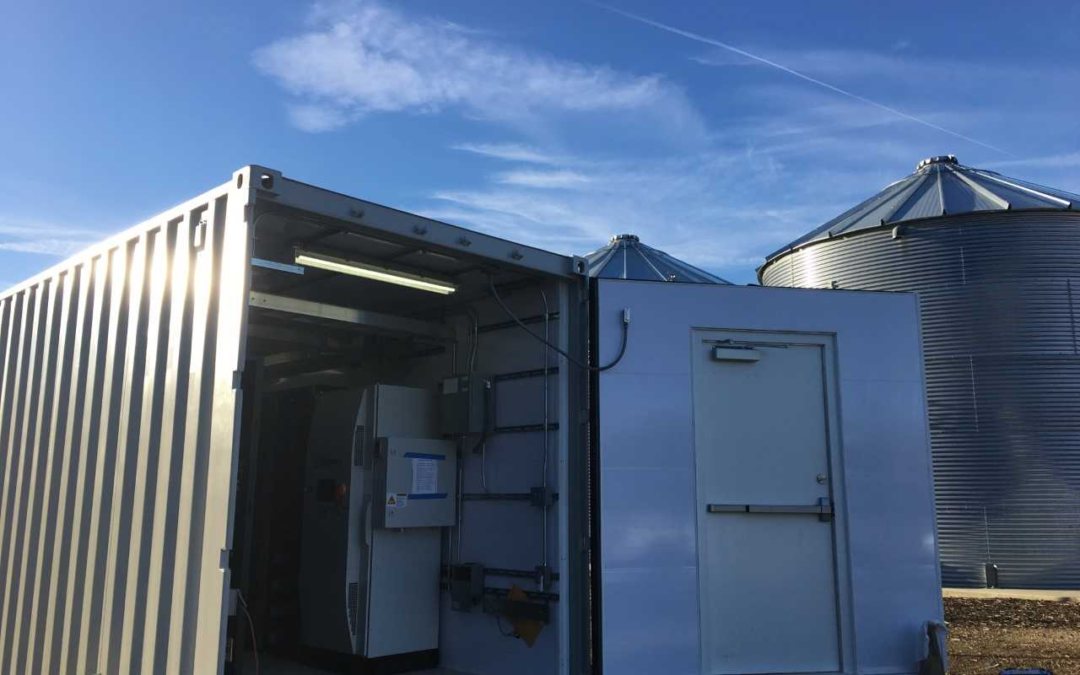
Microgrids Forecast to Grow 10% per year to $47 Billion by 2025
We have commented in blogs, hosted meetups and done workshops on the opportunity for clean tech businesses in microgrids. We see roles for the utilities to become skilled managers of multiple microgrids as well as for vendors of equipment and software to build and control microgrids locally. A new market research report puts some forecasts to this thought. ASDReports has issued its report “Microgrid Market by Connectivity (Grid Connected and Off-Grid Connected), Offering (Hardware and Software & Services), End-Use (Commercial & Industrial, Remote, Institutes & Campuses), Grid Type, Pattern, Region – Global Forecast to 2025”. The report says microgrids are “projected to reach $47.4 billion by 2025 from USD $28.6 billion in 2020, at a CAGR of 10.6% between 2020 and 2025. Rising demand for clean energy, increasing instances of cyberattacks on energy infrastructures, growing requirement for reliable & secure global power supply, and rising global deployment of microgrids for rural electrification are key factors driving the market growth. Furthermore, the expansion of renewable energy capacity of countries in APAC and government initiatives to encourage the development of microgrids are the opportunities for microgrid developers.”
That’s a lot of money. The report takes a pretty broad view of what constitutes a microgrid, leading to the $28 billion figure for 2020, more than most would expect. You can find more details here. The report is a bit expensive. But the summary provided at the link gives some key insights for free.

ABOUT THE AUTHOR
Gary Simon is the Chair of CleanStarts Board. A seasoned energy executive and entrepreneur with 45 years of experience in business, government, and non-profits.
CleanStart Sponsors
Weintraub | Tobin, EY, Stoel Rives
BlueTech Valley, PowerSoft.biz
College of Engineering & Computer Science at Sacramento State




